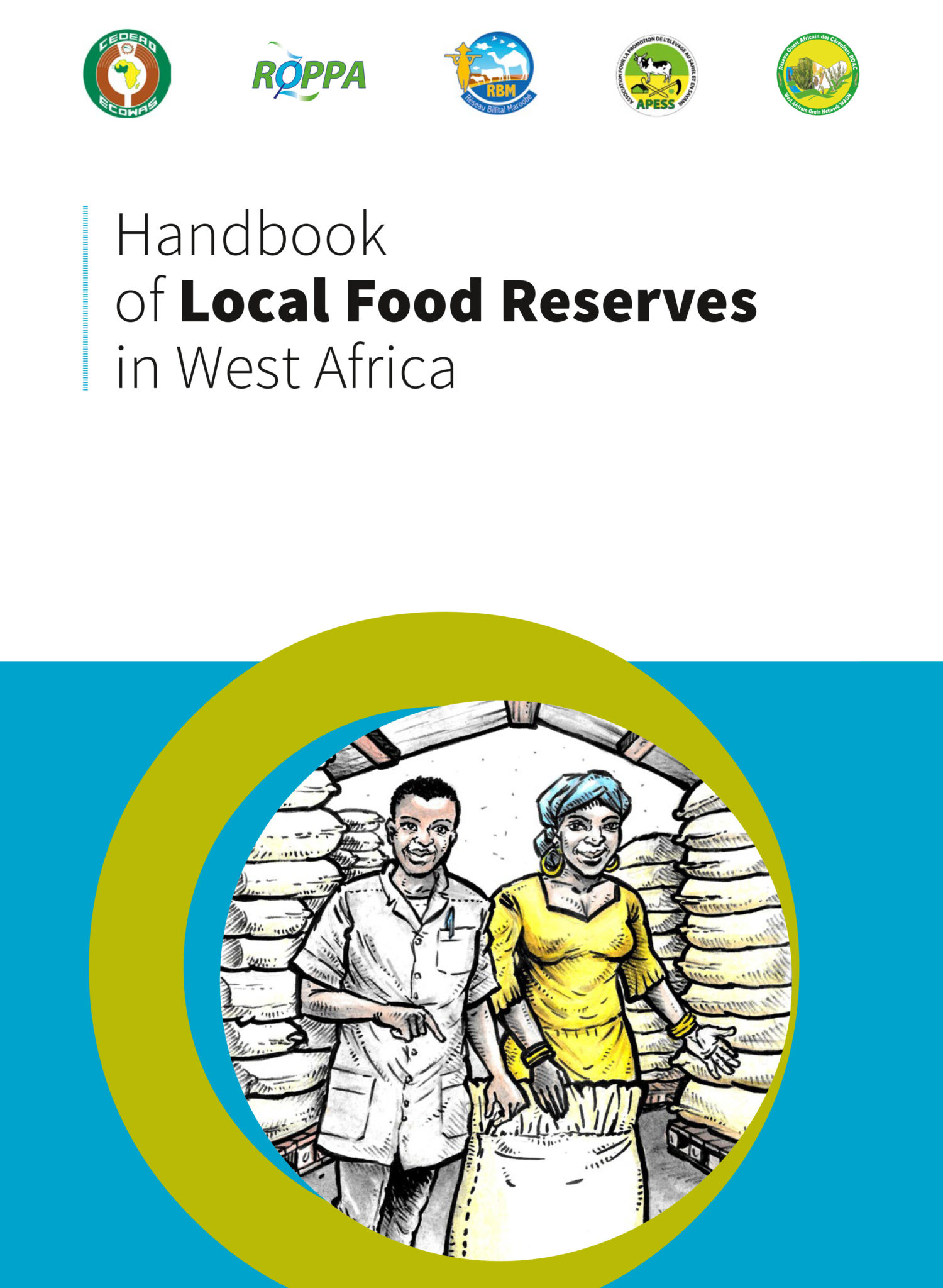Tens of millions of smallholder farmers do not produce enough food to feed themselves all year round. Of the little they do produce, they have to sell some at low prices when the harvest arrives in order to pay farm loans or school fees. To address this problem, farmers’ organisations set up local food reserves that help manage the cycles of abundance and scarcity, buying grain from farmers when they need money, and selling it back to them at a moderate price before the next harvest, when grain is more expensive.
In surplus areas, farmers’ organisations buy the grain to store it for several months and wait for the price to rise, so that they can guarantee sufficient income for producers.
handbook on local food reserves
In 2018, 15 farmer organisations came together under the sponsorship of ECOWAS to develop the most comprehensive local reserve management manual ever made. The result is shown below.
full version
by chapters
MAPPING OF WEST AFRICA’S LOCAL FOOD RESERVES
Since 2016, several cereal and feed bank federations in West Africa have been geolocating their members to produce the most comprehensive map of local reserves, with more than 1,200 points. They have basic information from each management committee, allowing them to produce quick surveys to know the situation at any given moment. This makes them perfect candidates for coordinating humanitarian actions with governments, whether to supply grain or to distribute emergency aid.
Each federation owns and manages its data. Having the geolocation of the network allows them to collect information at a third of the cost, and a third of the time, compared to the previous situation, where they needed to visit every bank.
It is necessary for international donors and governments to support the maintenance and extension of this network, given its usefulness in managing the information needed to know the state of food security.

Subscribe now!














